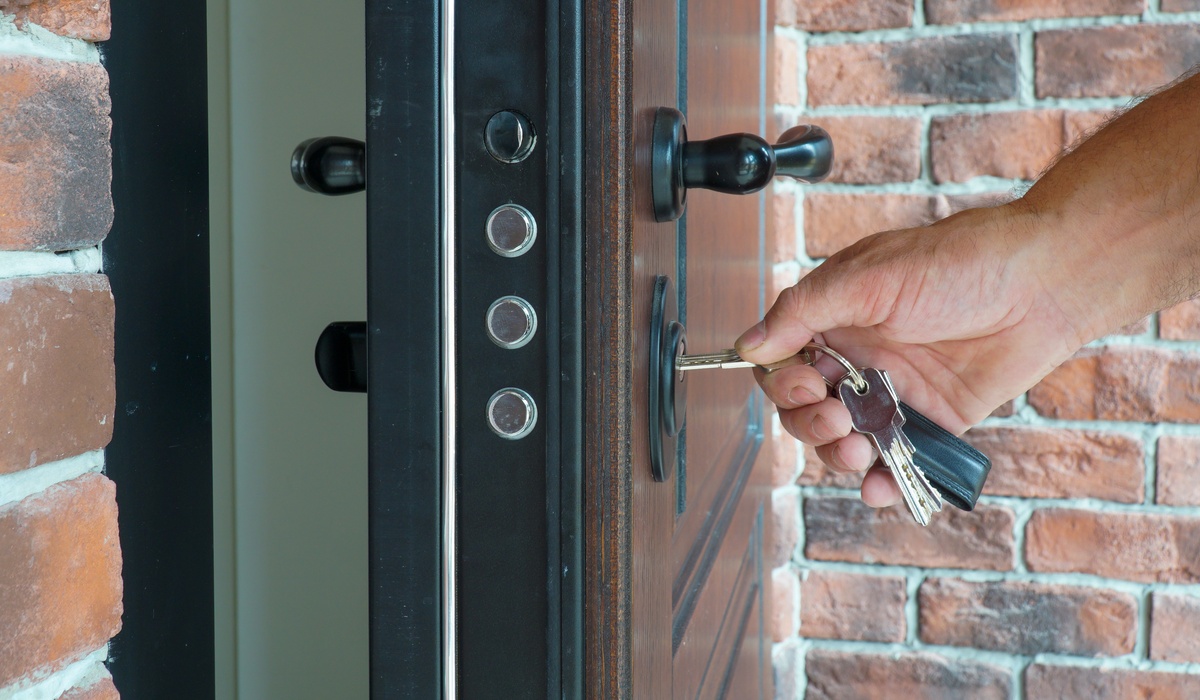When it comes to security and access, locks have played a critical role in human history. From ancient mechanisms to cutting-edge technology, the types of locks used across the world reflect innovation, practicality, and cultural differences. We’re exploring some of the most prominent lock types used globally, shedding light on their workings and unique characteristics.
One of the most widely used lock types, the pin tumbler lock, is a staple in residential and commercial settings. Its mechanism involves a series of spring-loaded pins that align when the correct key is inserted, allowing the plug to turn and the lock to open. Practicality and reliability make these locks a go-to solution in countries like the United States and across Europe.
Understanding European vs. American locks provides insight into slight design variations within pin tumblers. For instance, pin tumbler locks in Europe often feature superior mechanisms that include anti-lock picking features, such as mushroom pins. This distinction underscores how regions adapt similar technology to meet local security demands.
If simplicity defines functionality, warded locks stand as a testament. Known for their basic mechanism, these locks use a key to rotate freely within a cylinder to carefully align obstructions (or wards) and enable locking and unlocking. Historically, warded locks were used extensively in medieval Europe to secure gates and valuables. Though not as secure as modern locks, they still find use today in settings where functionality outweighs high-security needs.
Lever tumbler locks, used in residential and high-security applications, rely on multiple levers that must be raised to exact positions by the correct key. These locks are commonly used in safes and secure storage spaces. Popular in regions like the UK and parts of India, they are valued for their strong security features and a design less prone to brute force attacks. Their ability to offer varying levels of security ensures their widespread appeal, particularly in contexts where security is critical.
Combination locks eliminate the need for keys, requiring users to input a specific series of numbers for access. Found on everything from lockers to luggage, these locks come in two variations: a dial and a keypad. Dial variations are more traditional, widely seen in American schools, while keypads offer greater convenience and are gaining prevalence in modern workplaces.
Combination locks are especially useful for shared environments, as they avoid complexities associated with managing physical keys. The global adoption of these locks symbolizes the evolution of accessibility and ease in security design.
Locks around the world embody a fascinating mix of history, design, and technological advancement. From the traditional warded and lever tumbler locks to the contemporary innovations seen in electronic locks, each type caters to specific needs and preferences.









